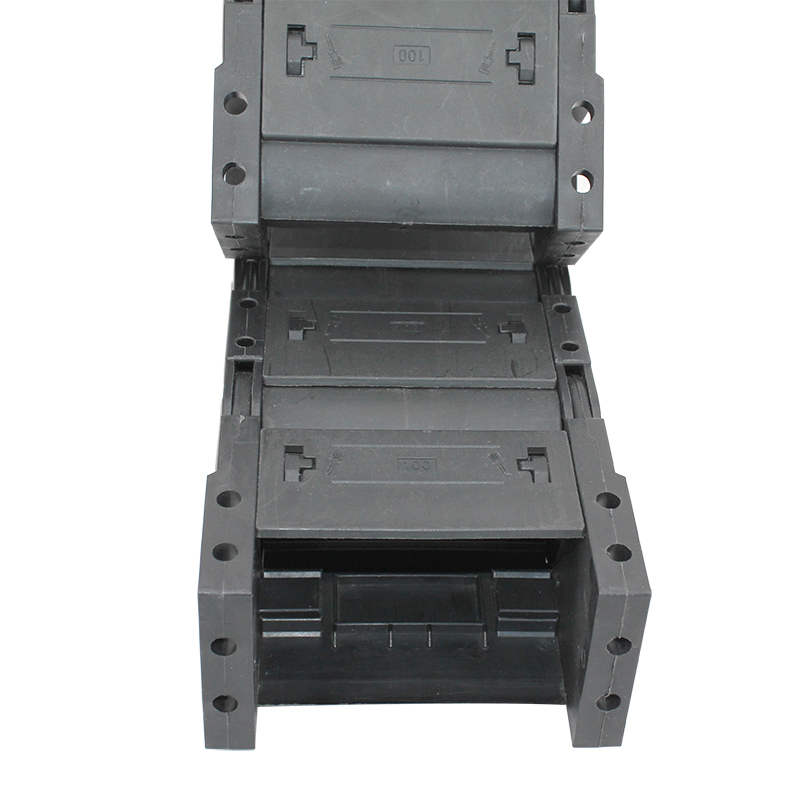Best Practices for Using Protective Wire Loom in Electrical Projects
The Importance of Protective Wire Loom in Electrical Applications
In modern electrical installations, the significance of proper wiring cannot be overstated. Electrical wires are susceptible to a multitude of elements that can jeopardize their efficiency and safety. One effective solution to mitigate these risks is the use of protective wire loom. This relatively simple, yet highly functional accessory plays a crucial role in safeguarding wires in various applications, from automotive to industrial settings.
What is Protective Wire Loom?
Protective wire loom, often referred to simply as loom, is a tubing made from materials such as polyethylene, nylon, or PVC. It is designed to encase electrical wires, providing a physical barrier against mechanical damage, abrasion, heat, and chemicals. Loom comes in various sizes and styles, allowing it to accommodate different wire gauges and organizational needs. Its flexibility allows it to be routed through tight spaces, making it a versatile choice for numerous applications.
Benefits of Using Protective Wire Loom
1. Protection Against Physical Damage Wires are often exposed to conditions that can lead to wear and tear, including friction against rough surfaces, impacts, and other forms of physical stress. By encasing wires in a protective loom, the risk of cuts, nicks, and insulation breakdown is significantly reduced. This protection is particularly important in environments with high mobility or potential hazards, such as in automotive or industrial machinery.
2. Enhanced Organization One of the often overlooked advantages of using wire loom is improved organization of wiring systems. Loom allows for the grouping of wires, reducing clutter and making installations cleaner and more manageable. This organization not only improves aesthetics but also simplifies troubleshooting and maintenance, as it is easier to identify and access individual wires in a well-organized system.
3. Resistance to Environmental Factors Various factors in an environment can affect the longevity of electrical wiring. For instance, exposure to moisture, oils, or chemicals can deteriorate wire insulation. Protective wire loom can offer an additional layer of defense against these environmental elements, thereby extending the lifespan of the wires it encases. This is particularly beneficial in industries like agriculture or manufacturing, where wires may be subjected to corrosive substances.
protective wire loom

4. Heat Resistance In high-temperature environments, wires can be at risk of melting or degrading. Wire loom made from heat-resistant materials helps insulate the wires, preventing overheating and reducing the risk of short circuits. This is particularly crucial in automotive applications where engine compartments can reach extreme temperatures.
5. Safety Enhancement Safety is paramount in any electrical installation. Exposed wires can be a potential hazard, leading to electrical shocks or fires. By using protective wire loom, the chances of accidental contact with live wires are minimized. Additionally, the loom can help contain any short circuits or electrical failures, preventing them from spreading and causing damage to the surrounding area.
Installation and Practical Considerations
Using protective wire loom is relatively straightforward. It involves carefully measuring and cutting the loom to the desired length, then sliding it over the bundled wires. For optimal performance, it is essential to select loom of the appropriate size that comfortably fits over the wires without excessive tightness that could cause pinching or insulation damage.
When planning to use wire loom, it is also important to consider the specific application. For example, in automotive applications, the loom should be able to withstand the high temperatures and vibrational stresses common in vehicles. Conversely, in indoor commercial settings, aesthetic decisions may also play a role.
Conclusion
Protective wire loom is an indispensable component in modern electrical applications. Its role in enhancing the safety, organization, and longevity of wiring systems can significantly contribute to the overall efficiency of electrical installations. As industries continue to evolve and expand, the importance of safeguarding electrical wires through effective solutions like protective wire loom will only continue to grow. Investing in quality loom can lead to long-term benefits, ensuring that electrical systems operate safely and effectively, thereby protecting both infrastructure and individuals who interact with them.








